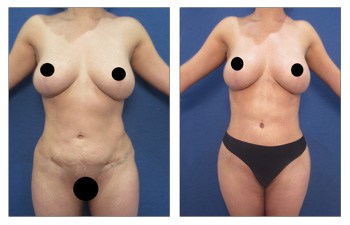
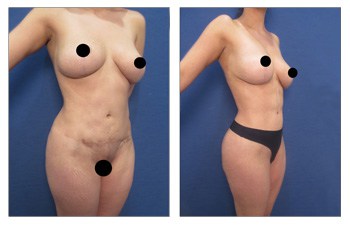
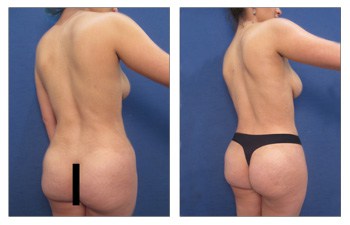
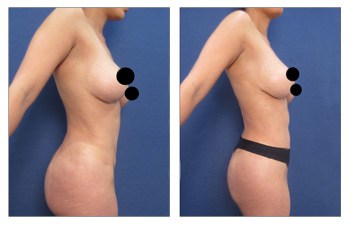
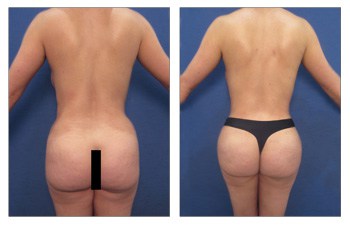
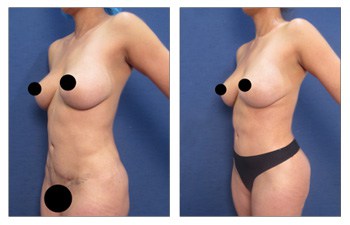
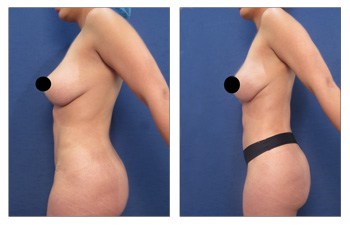


Patients often complain, despite a strict workout routine and consistent diet, they can’t seem to get rid of fat in stubborn areas such as the abdomen, flanks, upper back, and lower back. Some patients may opt to liposuction just the back or just the abdomen, thinking this will resolve their problem. Also, patients often ask the question how can I have painless 360 lipo?
What these patients don’t realize is the problem is not one region alone, but essentially the entire midsection, which contributes a lot to the overall aesthetic of one’s body. Fortunately, surgeons have pioneered 360 liposuctions, a procedure that comprehensively removes subcutaneous fat from the flanks, abdomen, lower back, and upper back.
While the results are promising, one of the biggest concerns for many patients is the pain related to the procedure. 360 liposuction entails irritating the subcutaneous tissue all the way around the body to remove fat. Naturally, there will be pain associated with this procedure.
In order to attenuate the pain and ensure a painless 360 lipo, surgeons use a pain relief block. This is accomplished by numbing the nerve root. You can think of a nerve like a tree.
The nerve root or nerve body is like the primary trunk of a tree. The receptive mechanisms of the nerve branch off like the branches of the tree, while the output mechanisms of the nerve are like the roots of a tree. To stop the pain, the primary trunk of the nerve is blocked/numbed using a common numbing drug.
There are four main nerve blocks: the pec minor major fascia block, taps block, anterior intercostal block, and erector spinal block. All four blocks target a specific region of the body in order to comprehensively have a painless 360 Lipo.
The pec minor major fascia block is minimally invasive because it uses ultrasound technology to distinguish fascial layers. This block targets the four main muscles associated with the pectoral region: pectoralis major, pectoralis minor, serratus anterior, and subclavius muscle. In order to anesthetize the nerves in this region, local anesthesia is injected in the fascial layer between the pec major and the pec minor.
The transversus abdominis plane block, or TAPS block, anesthetizes the abdominal region. Like the pec minor major fascia block, the TAPS block also utilizes ultrasound technology. The anesthesia is injected into the fascial plane between the internal oblique muscles and transversus abdominis; thus, innervating the muscles of the abdominal region.
There is painless 360 Lipo when the Anterior intercostal nerve block helps alleviate pain in the chest and upper abdominal region. There are twelve intercostal nerves located underneath each rib. Ultrasound technology is utilized to inject anesthesia into the target location, anesthetizing the desired anterior intercostal regions.
In the erector spinae block, ultrasound technology is used to deliver anesthesia below the erector spinae muscle. This technique is intended to work at the beginning of the spinal nerves. T4 and T7 of the spine are targeted to anesthetize the upper back, lower back, and flanks.
In most, if not all cases of 360 liposuctions, the worst pain is experienced the night of the procedure. All four nerve blocks last up to twenty-four hours to lessen the effect of pain during the most strenuous time. Fortunately, there are additional measures that can be taken if the patient finds the pain of 360 liposuctions particularly unbearable.
Getting a Painless 360 Lipo
In the event, a patient wants a longer pain block, or if the patient is afflicted by extenuating circumstances such as allergies to common opiates, exparel is offered as an alternative solution. Exparel is made by placing marcaine, a common numbing agent, in microspheres.
These microspheres are absorbed by the body and allow the slow release of the numbing agent. Exparel can last up to four days. Regardless of the patient, there are methods to ensure a painless 360 liposuction.
See this 35-year-old female following painless 360 liposuction HD with Our Surgical Team


